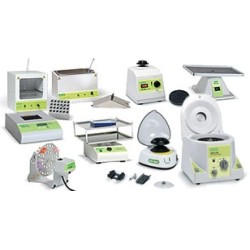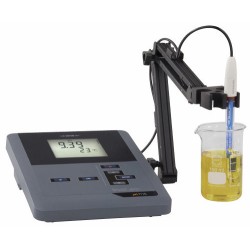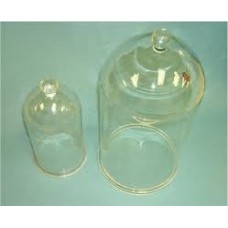Bell Jar
A bell jar is a piece of laboratory equipment used to contain vacuums.It can be similar in shape to a bell, and can be manufactured out of a variety of materials (ranging from glass to different types of metals). A bell jar is placed on a base which is vented to a hose fitting, which can be connected via a hose to a vacuum pump. By pumping the air out of the bell jar, a vacuum is formed. The lower edge of a vacuum bell jar is a substantial flange of heavy glass, ground smooth on the base. Its base is equally heavy and flattened. A smear of vacuum grease is usually applied between them. As the vacuum inside gives rise to a considerable compression force, there is no need to clamp this seal. For this reason, a bell jar cannot be used to contain pressures above atmospheric, only below. Purely decorative belljars were common in the Victorian period for the display of clocks and taxidermy, as a transparent dust cover. These are of thin glass, with more care taken over their optical clarity. They do not have a thickened base flange. For this reason they are not suitable for vacuum use and will usually fail if pumped down. Other similar glass domes were also used as cheese domes or garden cloches.

































